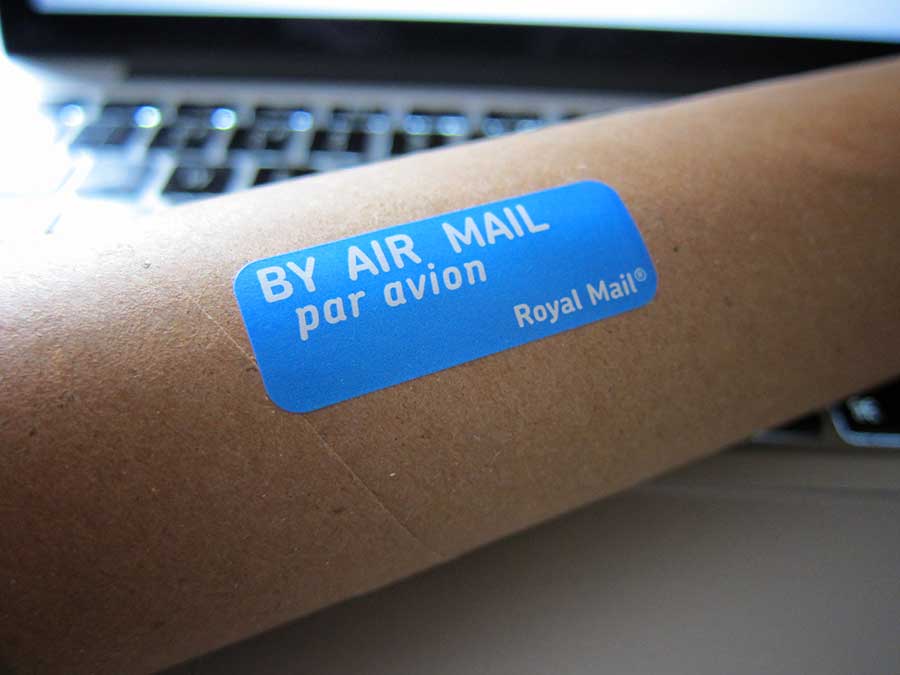By: Paul Sloane
In 2010, the Gillette brand, which is owned by Proctor and Gamble, held 70% of the U.S. market for razors. It boasted continuous innovation in product design, and enjoyed a gross margin of around 60%. Its market share has now slid to around 50%. It has suffered at the hands of two start-up companies, which went direct to consumer (DTC). They are Harry’s and Dollar Shave Club.
Established brands have long held the advantage in the market for fast-moving consumer goods (FMCG). They have large advertising budgets and close relationships with major retail chains. It has been difficult for start-ups to get traction with retailers who want to see strong demand and big margins before they will put new products on their shelves. All that has changed with the internet and the DTC business model. Harry’s and Dollar Shave Club both sell an online subscription for regular delivery of high-quality razor blades at prices well below Gillette’s. Like many DTC brands, their marketing has been driven by social media activity. Dollar Shave Club produced a video for under $5,000, which went viral on Youtube.
Here are some other examples of successful DTC start-ups.
Warby Parker was founded in 2010 by four friends from business school. They supply prescription spectacles and sunglasses and let you try different styles at home. They are now the market leader. The company’s frames have been praised by Elle, Esquire, GQ, and Vogue. Warby Parker was valued in 2016 at over $1.2B.
The suitcase company Away Travel sells fashion suitcases that are featured on social media sites such as Pinterest and Instagram, where they have over 150,000 followers. It was founded in 2015 with $2.5m of seed money by two alumnae of Warby Parker who had carried out a survey of 800 frequent flyers.
Hubble Contacts, founded in 2016, aims to disrupt the market for contact lenses by selling direct. Contact lenses are ideal for a DTC model as users have a regular need for their own particular product. With your first order, you get 15 pairs of lenses free.
ASOS (As Seen on Screen) is a British online clothing retailer with direct sales of over $2B. It launched its own internet drama-game show. It has invested heavily in its mobile app, which has had over 10 million downloads. Customers can upload a photo of a product they like and the app finds a range of similar items from ASOS stock. Over 70% of its customer purchases are made on mobile devices.
There are many other DTC clothing examples. Tommy John is a New York start-up that supplies men’s underwear direct. Wiggle is a UK-based company that sells cycling equipment and apparel,
You might not think that mattresses are suitable for home shopping, but the start-up Casper would prove you wrong. Its innovative mattress was chosen as one of Time’s best inventions of 2015. It comes with a 100-day free trial period. With sales of over $75m Casper has shaken up the sleepy beds market.
To stand out from the crowd DTC start up companies need brilliant service and quality so that a loyal fan base spreads the news on social media. Clever personalised offers and promotions help too. They have the advantage that many consumers are time-poor and prefer the convenience of home delivery to the trouble of going to the shops.
The big brands and retailers are fighting back by shipping direct and through Amazon. They are also buying up DTC start-ups. Walmart recently paid over $300m to buy Bonobos, which sells men’s clothing. More impressively, Proctor and Gamble’s great rival Unilever has entered the razors market for the first time by buying Dollar Shave club for $1B in 2016.
Direct to Consumer has a long way to go in disrupting established markets.
About the author
 Paul Sloane is the author of The Leader’s Guide to Lateral Thinking Skills and The Innovative Leader. He writes, talks and runs workshops on lateral thinking, creativity and the leadership of innovation. Find more information at destination-innovation.com.
Paul Sloane is the author of The Leader’s Guide to Lateral Thinking Skills and The Innovative Leader. He writes, talks and runs workshops on lateral thinking, creativity and the leadership of innovation. Find more information at destination-innovation.com.
Featured image via Unsplash.

